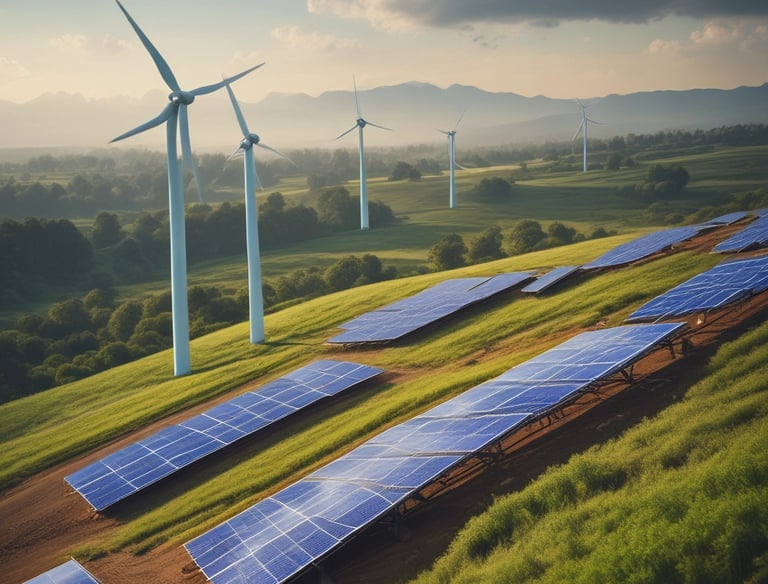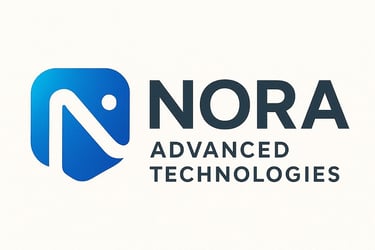Energy Solutions
Enhancing energy storage efficiency for a sustainable future with advanced nanostructured materials.
Energy Solutions
Innovative materials for advanced energy storage systems.
Enhanced Efficiency


Revolutionizing energy storage with cutting-edge technology.




Sustainable Future
Supporting renewable energy adoption through improved storage capabilities.
Meeting the growing demand for sustainable energy solutions.
Market Demand
Energy Storage Solutions
What are nanostructured materials?
Nanostructured materials are engineered at the nanoscale to improve energy storage efficiency and capacity. These advanced materials, often characterized by their unique properties, play a crucial role in the development of next-generation batteries and supercapacitors. By manipulating their structure at the atomic or molecular level, researchers can enhance the surface area and electrical conductivity, leading to significantly improved performance. Moreover, the integration of nanostructured materials can lead to lighter and more compact energy storage devices, making them ideal for applications in electric vehicles and portable electronics. Understanding the intricate interplay between nanostructured design and energy storage mechanisms is essential for future innovations in this rapidly evolving field.
How do these materials help?
They enhance the performance of energy storage systems, making renewable energy technologies more viable and efficient. This advancement is crucial as it not only leads to a reduction in operational costs but also significantly contributes to a decrease in greenhouse gas emissions. By optimizing the storage and distribution of energy, we can achieve a more sustainable energy future, integrating various renewable sources such as solar and wind power into the grid more seamlessly.
What is the implementation timeline?
Initial prototypes will be developed within 18 months, with a full rollout anticipated in 3 to 5 years.
Why is this technology important?
It addresses storage limitations, which are crucial for renewable energy adoption. As renewable energy sources like solar and wind become increasingly prevalent, the ability to store this energy efficiently becomes imperative. Addressing these limitations not only enhances the reliability of energy supply but also encourages greater investment in renewable technologies, paving the way for a more sustainable future.
Who is interested in this technology?
Energy companies and governments focused on sustainability are showing growing interest in advancing technologies and practices that not only mitigate environmental impacts but also foster economic growth. This has led to increased investments in renewable energy sources, innovative waste management solutions, and the development of cleaner transportation options. As public awareness of climate change and environmental issues continues to rise, these entities are prioritizing initiatives that align with sustainable development goals and aim to create a greener future for all.
What impact will this have on energy?
This technology will significantly improve energy storage, facilitating a transition to more sustainable energy solutions. By enhancing the efficiency of energy storage systems, we can better harness renewable energy sources such as solar and wind power. This advancement not only supports the reduction of carbon emissions but also promotes energy independence and reliability. Ultimately, the integration of these innovative solutions will lead to a more resilient energy infrastructure that benefits both consumers and the environment.
Energy Innovations
Revolutionizing energy storage for a sustainable future.


Sustainable Solutions
Enhancing energy efficiency and capacity.






Future Impact
Driving renewable energy adoption globally.


